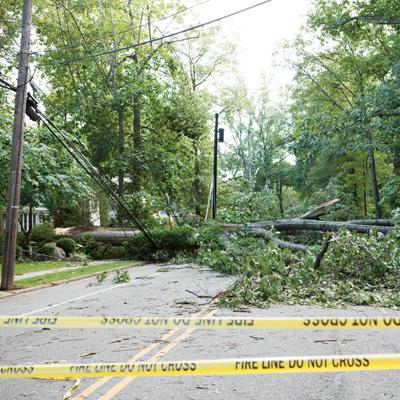
To be prepared in any situation, planning ahead is critical. Engine-driven portable generators are intended for multiple uses and designed for portability. When utility power is unavailable due to extreme weather, portable generators become a useful source of temporary or remote electric power.
"Portable generators are useful when temporary or remote electric power is needed, but proper precaution should always be used when handling them," said Joe Harding, representative for the Portable Generator Manufacturers' Association (PGMA). "Our educational efforts, including the PGMA SAFETY FIRST campaign, are focused on making the general public aware of the proper selection and safe usage of portable generators."
Tips for safer homes
In their educational efforts, PGMA is helping consumers understand what is required to purchase, store and operate a portable generator. While these generators can power multiple appliances at one time, they may not be able to power your entire home. Know what items you'll want to keep running during power outages. Refer to the operator's manual in order to calculate the wattage needed to assess what size of generator will work for your needs. The safest way to restore power to your home is by using a professionally-installed transfer switch available at many home improvement stores. If an extension cord must be used temporarily, be sure that it is heavy duty and protected from damage where entering a home. Damaged cords could result in a fire or electrical shock hazard. Leaving openings for cords to pass through also increases the risk of carbon monoxide entering the home. Plan ahead and have a transfer switch installed before the next power outage.
Here are additional steps to consider in order to be prepared in emergency situations:
The more you are prepared for emergency situations, the better off you and your family will be when the power goes out. For more information, visit www.pgmaonline.com.
Photo courtesy of Getty Images
SOURCE:
Portable Generator Manufacturers' Association